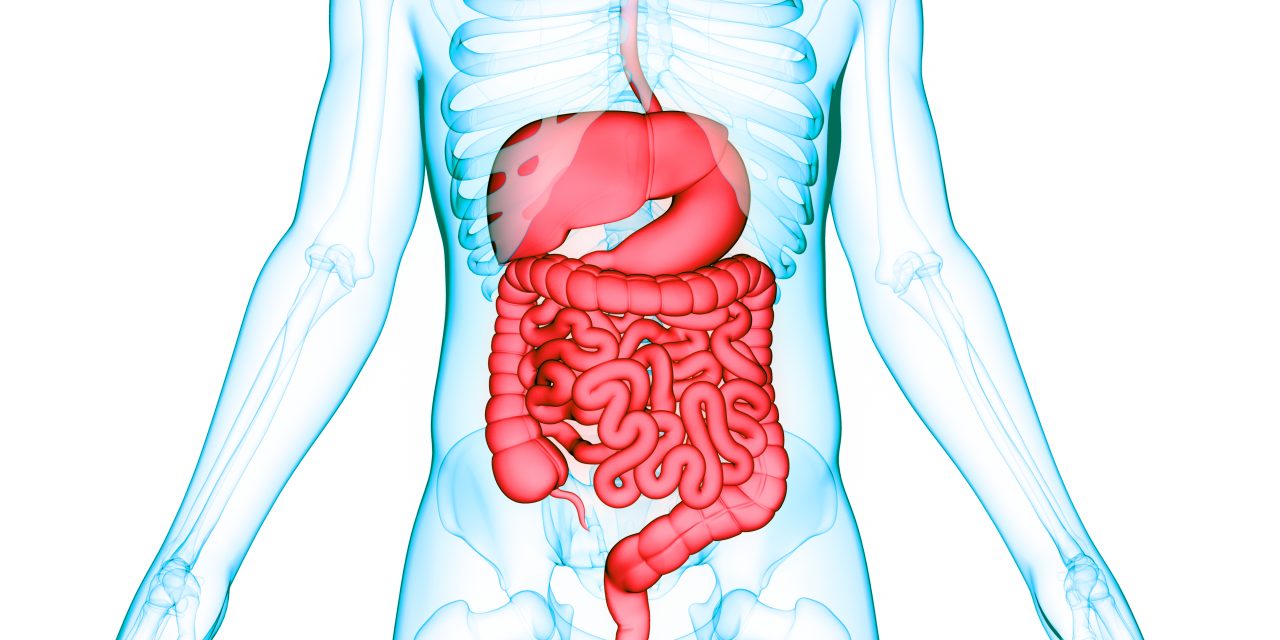Describe the clinical features, therapy, and outcome of a group of patients with megacystis microcolon intestinal hypoperistalsis syndrome (MMIHS). We performed a retrospective chart analysis of MMIHS patients who were followed at a large transplant and intestinal rehabilitation facility for 17 years. We found 25 patients with MMIHS. One transplanted patient and one non transplanted patient were missed. With only one death, the researchers estimated 5-, 10-, and 20-year survival rates of 100, 100, and 86 percent, respectively. The longest post-transplant follow-up period was 16 years. Prenatal imaging records for seventeen patients were available; all of them showed distended bladder. Eight people underwent genetic testing. With a median weight z-score of 0.77, a height z-score of 1.2, and a body mass index z-score of 0.23, almost all patients had normal growth, with no statistical difference between transplanted and non transplanted individuals. All non transplanted patients were on parenteral nutrition with minimal/no feeds, and all transplanted patients, with the exception of one, were on full enteral feeds.
This is the largest single-center case series for MMIHS patients, with the longest duration of follow-up. MMIHS patients had great outcomes in terms of survival, growth, and liver function in the current era of enhanced intestine rehabilitation and transplantation. This finding contradicts prior reports and should influence counselling and care decisions in these patients at the time of diagnosis.


